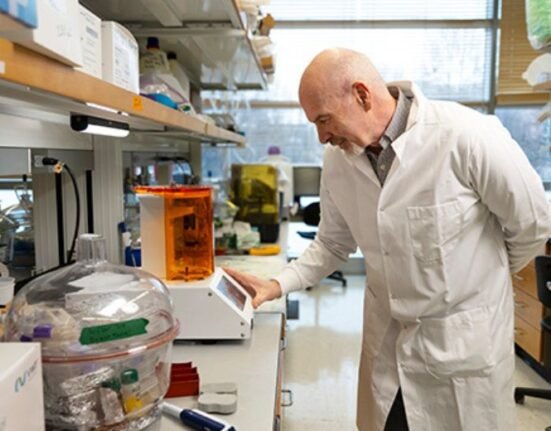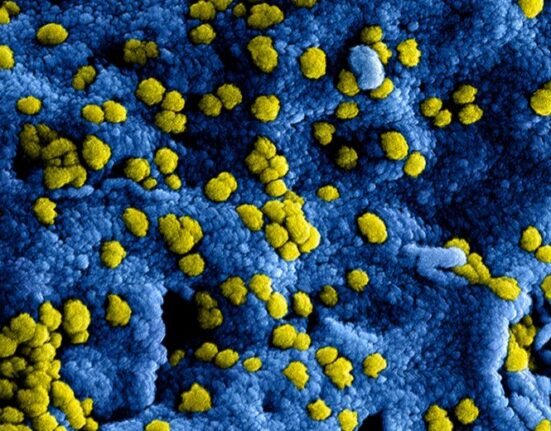HQ Team
July3, 2023: 3D printing has expanded from industrial prototyping to healthcare and medicine applications. The method has advanced to allow for personalised printing of medicines tailored to suit individual needs.
A new study highlights the limitless potential of having medicines customised to specific health needs.
Made to size
Going beyond the conventional manufacturing method of fixed dosage manufacturing of pills, 3D printing of medicines can now allow for making medicines in the exact dosage required. Sometimes patients were forced to halve or quarter the medicine to meet the recommended dosage. But this isn’t possible for every tablet, and even if it is, research shows it often ends up with an inaccurate dose. 3D medicines can easily print out the exact pill requirement.
Layered technology
The printing of medicines will follow the same technology used in manufacturing devices etc—layer by layer. The tablet will be built one layer at a time by melting the medication combined with other approved ingredients to help it dissolve in the stomach. Importantly, the tablet can be 3D printed at the required dosage.
3DP medicines most commonly use biocompatible thermoplastic polymers in which drugs can be loaded to produce customised doses, release profiles, or aesthetics, and can be printed on-site for the patient
During the research for the study the scientists were able to print tablets containing very accurate doses of caffeine. They first selected the dose and then designed and printed the tablet accordingly. The results demonstrated the process for producing “the right medicine for the right patient at the right time”. This is one of the guiding principles of personalised medicine.
3D direction
The United States already has one 3D-printed seizure medication, Spritam, approved by the Food and Drug Administration (FDA). The printing process helps the resulting tablet rapidly disintegrate in the mouth for patients who have trouble swallowing, but does not offer dose customisation.
The FDA is in the process of giving approval to three new 3D-printed medications . The future is likely to see 3D printers in pharmacies and hospitals spewing out personalised medicines. The downside is that the 3D printing process is long and tedious. The biggest benefit will be for patients with particularly complicated medication regimens, or those taking certain types of medicines like antidepressants.
Another awaited medicinal evolution potentially could be a combination drug or a kind of a single “polypill”, fully customising features like shape, size, colour, or texture.
The 3D medicine evolution can combine with artificial intelligence and deep learning to manufacture a super tailored customised medicine that takes into account a host of factors of a patient’s health status.
Research is still nascent and it will be a collaborative effort between, healthcare experts, policy makers and technology. We might soon be picking up our personalised medicine from a local pharmacy manufactured by pressing a button.








